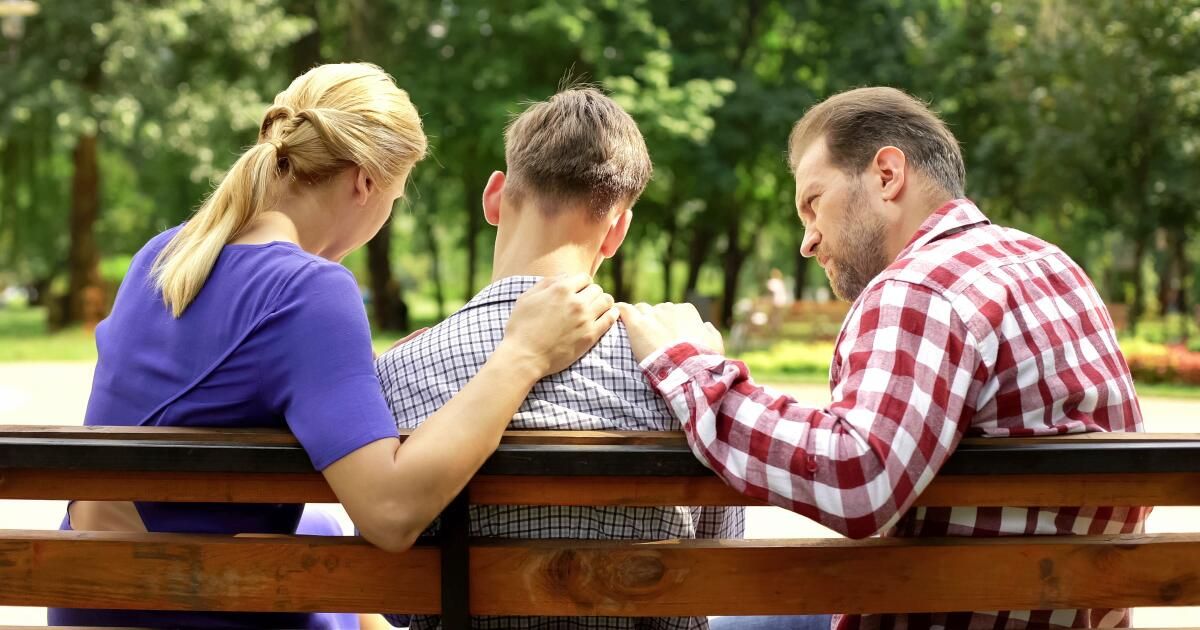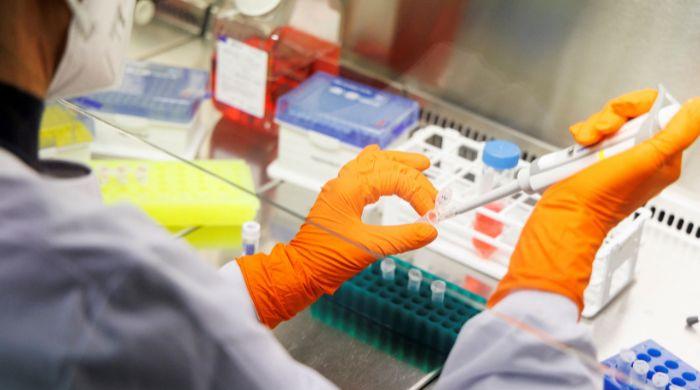Most American teens don't always get the social and emotional support they need, and most of their parents don't know it, according to a new report from the Centers for Disease Control and Prevention.
In a national survey conducted after the most isolating period of the COVID-19 pandemic, only 28% of teens ages 12 to 17 said they “always” received the social and emotional support they needed. However, 77% of parents who responded to a related survey said they thought their children “always” had that support.
At the other end of the spectrum, 20% of teens said they “rarely” or “never” had enough social and emotional support. That perception was shared by just 3% of their parents, according to the report released Tuesday by the CDC’s National Center for Health Statistics.
CDC statisticians found that this perception gap was shared to some extent by families across all racial and ethnic categories and at all household income levels. The same was true for families with teenage girls and families with teenage boys.
Parents with college degrees or higher underestimated their teens' need for social and emotional support, as did parents with a high school diploma or less. Parents also misjudged their children's feelings regardless of whether they were raising their families in large cities, rural areas and communities in between, the researchers reported.
Jean Twenge, who has spent decades studying adolescent mental health, said the new findings were in line with long-term trends.
“We know from research that many teens are struggling and don’t always share it with their parents,” said Twenge, a psychology professor at San Diego State University and author of “Generations: The Real Differences Between Gen Z, Millennials, Gen X, Baby Boomers and Silent Parents and What They Mean for America’s Future.”
In part, those difficulties can be attributed to the fact that compared with their predecessors, today's teens spend less time with friends in person and more time communicating via smartphones and other digital devices, she said. That kind of asynchronous communication can make people feel anxious as they wait for a response.
What's more, reading someone's words rather than hearing them face to face “isn't as emotionally profound,” Twenge said.
It may be tempting to dismiss the teens' survey responses as a typical display of teenage angst, but CDC researchers found significant links between how often teens wished they had more social and emotional support and their physical and mental health.
For example, 14% of those who said they “sometimes, rarely, or never” received the support they needed described their physical health as “fair” or “poor,” compared with 5% of those who “always or usually” felt supported socially and emotionally.
Additionally, 67% of those with less social and emotional support rated their sleep quality as “poor,” compared to 37% of those with more support.
Among those who “sometimes, rarely or never” received the social and emotional support they needed, 33% had signs of anxiety, 31% had symptoms of depression and 14% had “very low life satisfaction.” The corresponding figures for those who “always or usually” received the social and emotional support they needed were 13%, 8% and 1%, the researchers reported.
While the link between emotional well-being and health is firmly established, the relationship between them is less clear.
“It could be that people who don’t get the emotional support they need are more likely to feel anxious,” Twenge said. “It could also be that when you have anxiety, you don’t perceive that you’re getting the emotional support you need. That’s the key — it’s not an objective thing.”
Overall, 52 percent of girls said they “always or usually” received the social and emotional support they needed, compared with 65 percent of boys, the researchers found.
Additionally, 42% of black teens, 50% of Latino teens, 61% of Asian teens and 66% of white teens “always or usually” had enough support, the report found.
Finally, 44% of teens who identified as members of a sexual or gender minority said they “always or usually” had enough support, compared to 64% of those who did not describe themselves as members of one of these groups.
The CDC surveys were conducted between July 2021 and December 2022. That coincides with the period when COVID-19 vaccines became available to teens and schools that had opted for remote learning required students to return to campus.
Other federal health surveys show in-person social interactions increased between 2021 and 2022, but there is still a long way to go, Twenge said.
“People are getting out of that situation a little bit,” he said, but “the numbers are still much lower than in the 1980s or 1990s.”
The pandemic’s effects on children and adolescents prompted U.S. Surgeon General Vivek H. Murthy to issue a rare advisory on youth mental health in late 2021. The advisory noted that 20% of young people worldwide were experiencing anxiety and 25% had symptoms of depression, and that both numbers had doubled since the start of the pandemic.
These and other signs of increasing psychological distress were harder to detect when schools were closed and other lockdown measures were in place, the advisory said.












